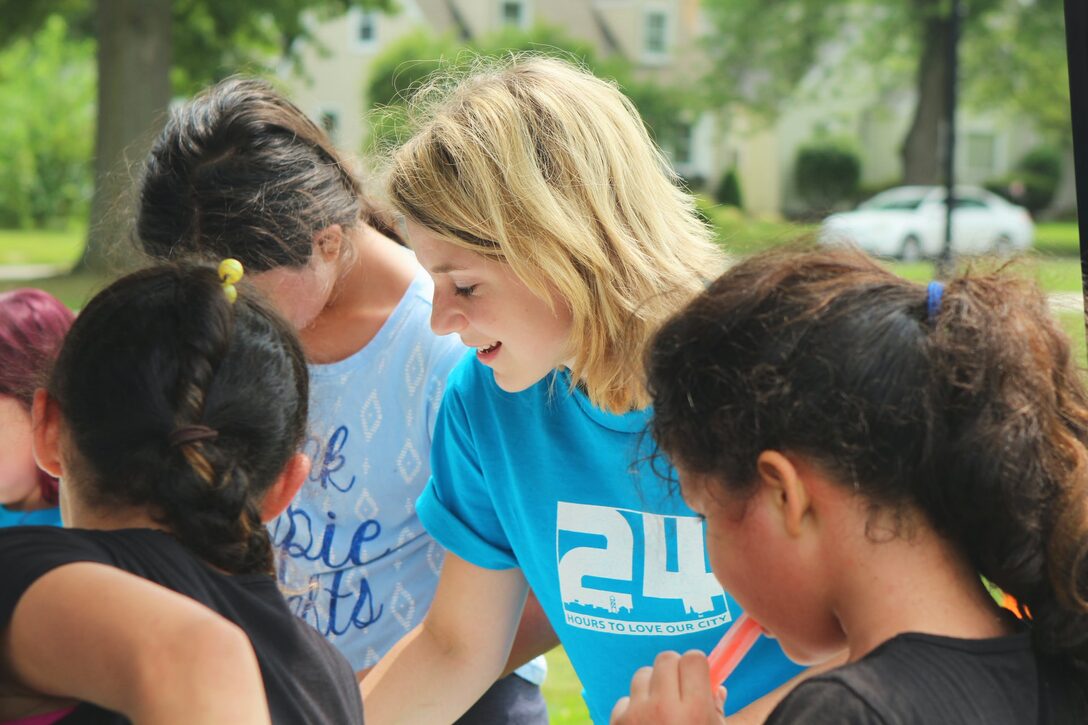Children with ASD often qualify for an Individualized Education Plan (IEP) or a Section 504 plan. Each of these programs promotes support for students to access their learning environment.
Anyone on the IEP team can suggest accommodations: Teachers, behavior analysts, speech-language pathologists, occupational therapists, and even parents and administrators. Each student should have accommodations in place to best support their unique needs. Common adaptations fall into the cognitive, sensory, behavioral, emotional, and communication domains.
Cognitive
Pre-teaching. This involves giving children a heads-up before diving into a lesson or new routine. You can use this accommodation to pre-teach an upcoming fire drill, a new teacher joining the classroom, or novel lesson concepts.
Provide short, concise directions. Clear directions that are understandable to the student can give a child a successful start and reduce confusion.
Visuals cues. Picture cues are essential for children who are not reading independently. Visuals are often used as schedules that children can reference with independently or with support.
Active learning opportunities. This might include experiential learning, incorporating movement, or selecting materials that align with the child’s interests.
Break down large tasks. Rather than providing the child with a 10-step sequence, break down intimidating tasks into smaller, more manageable chunks.
Sensory
Reduction of visual clutter. Students overresponsive to visual input can become highly distracted by busy posters, toy shelves, and excess writing on a printed page.
Access to a quiet space or noise-canceling headphones. This will allow the child to regulate if the classroom feels too loud.
Flexible seating. The opportunity to move and change positions can help many children with ASD self-regulate and attend.
Provide directions to more than one sense. This often looks like a teacher presenting verbal directions and a visual cue simultaneously. Communicating to two different senses helps children understand what is expected.

Behavioral
Preferential seating. Specify if the student needs to sit near a teacher, facing away from a visually stimulating area or somewhere else.
Consistent programming among adults. Children with ASD thrive off of routines. Adults should be consistent with scheduling, rules, and expectations.
Positive reinforcement. Reward appropriate behavior with praise, incentives, or a token system.
Small group instruction. This can be a behavioral or academic accommodation and reduces sensory and social demands.
Emotional
Deep pressure breaks. Deep pressure helps many children feel calm and connected. You can carry out deep pressure by giving the student a weighted ball massage, presenting a weighted lap pad, or letting them wear a Lycra body sock.
Zones of Regulation. The Zones curriculum can be carried out across school and home environments and give children the language and tools to practice self-regulation.
Communication
Modeling. A common strategy that is often included in an IEP is adult modeling for peer interactions or self-talks.
Assistive Technology. One essential accommodation for children with autism spectrum disorder involves communication devices. Both low and high-tech devices help a child communicate. Be specific in the language of this accommodation by specifying if a child needs a PECs system, an alternative and augmentative communication system, or another device.
Creating IEP accommodations is a collaborative process. Different disciplines will bring a unique perspective on supporting the child with an autism spectrum disorder. It is helpful to attend the meeting with suggestions and ideas but stay open-minded to hear views from the entire team.